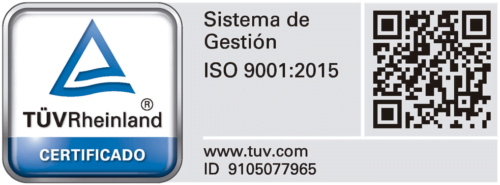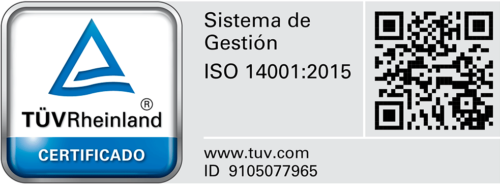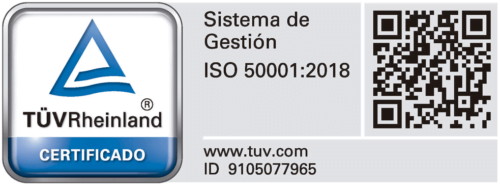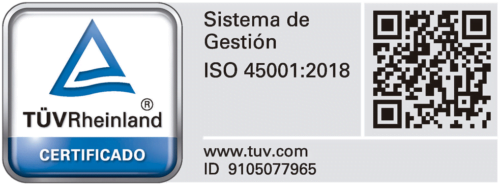BCF (BIM Collaboration Format) for the development OF BIM projects in collaborative environments
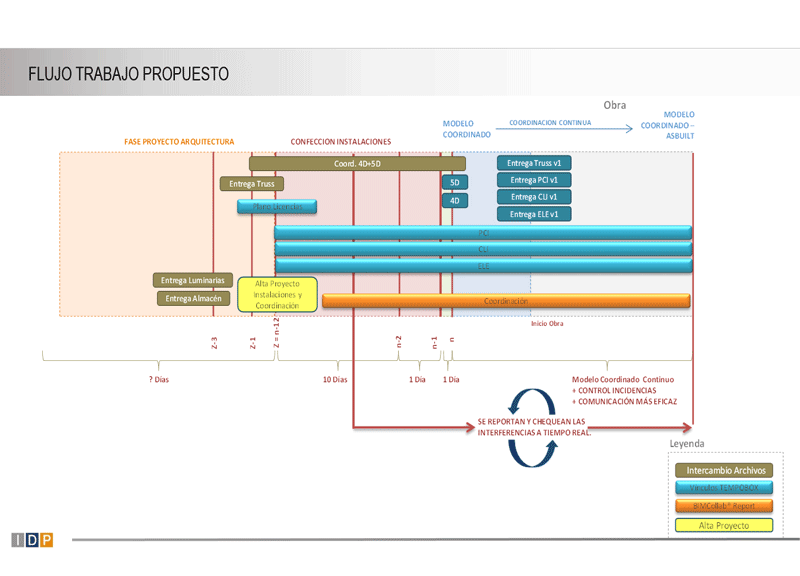

Factors such as internationalization, the greater specialization of professionals and an increase in the complexity of development (both in design and in construction), are demanding fluency in communication and greater collaboration in the processes to all agents involved.
BIM is a communication enabler between agents and, regarding traditional methods of collaboration, it channels and maximizes it.
The disadvantages in the traditional coordination methodology.
Due to the reduced delivery times and the volume of modifications that projects undergo in the hands of the different specialists, the coordination of projects based on the system of publications in a corporate portal and the communication by email is not the most effective solution. That is like this because, among other problems, it leads to duplication of information and makes it difficult to trace the conversations.


Collaborative work in the cloud and platform BCF
In IDP, we questioned this process of information exchange to propose a more effective alternative: to work in a platform based on the cloud and a system to report conflicts through BCF (BIM Collaboration Format).
Managing files in the cloud enables all participants to access constant updated information in real time, reduces the source of information to a single one and ensures only the latest version, preventing parallel working.
This methodology also allows assigning different permission levels to the agents involved so that they access the information and edit it according to what the administrator defines.


With the collaborative structure organised, the communication of incidents through BCF makes it possible to centralize and channel it, in addition to offering a track record, providing a useful tool to project managers for traceability. In addition, this format links the incidents to the elements of the model so that the understanding and tracking of them occurs unequivocally.
The improvement of the coordination process of the projects using this methodology has been clear and emphatic:
With this new process, it is possible to have a single source of information and a structured methodology to store, share and manage conflicts in the projects carried out in BIM.



